Disclosure: This article contains affiliate links. We may earn a commission from purchases at no extra cost to you, which helps our travel content.
Standing in Rynok Square, surrounded by the ornate facades of Lviv's Renaissance buildings, you'd never guess that just beyond these grand exteriors lies a labyrinthine network of hidden courtyards and underground passages. As an anthropologist who's spent years studying how humans create and navigate spaces, I've become somewhat obsessed with Lviv's architectural secrets. This UNESCO-protected city isn't just a living museum of architectural styles spanning five centuries—it's a puzzle box waiting to be unlocked by the curious explorer. With Pallas patiently trotting beside me (yes, dog-friendly Ukraine has stolen my heart), I spent a spring weekend mapping the city's most fascinating hidden spaces that most tourists never discover.
The Courtyard Chronicles: Architectural Time Capsules
Lviv's courtyards (podvir'ya) aren't simply empty spaces between buildings—they're architectural palimpsests where centuries of history have been written over each other. My fascination began at Rynok Square 14, where a narrow passageway leads to a courtyard that feels frozen in the 16th century. The Italian Renaissance influence is unmistakable in the arched loggias, yet distinctly Ukrainian elements emerge in the decorative details.
These courtyards served practical purposes—providing light, ventilation, and community gathering spaces—but they also created acoustic microclimates. As someone who studies architectural acoustics, I was struck by how voices carry differently in each courtyard; some amplify whispers while others absorb sound completely. In the Armenian Quarter courtyard, I conducted a simple clap test (a budget archaeoacoustician's best friend) and discovered remarkable sound reflection patterns similar to those I've documented in ancient Greek theaters.
During my exploration, my water-resistant notebook proved invaluable for sketching architectural details and jotting observations while sitting on rain-dampened stone benches. The courtyard at Virmenska Street 23 features a magnificent spiral staircase that reminded me of similar designs I'd documented in Sicily—evidence of the far-reaching Mediterranean architectural influence that shaped Lviv's urban development.
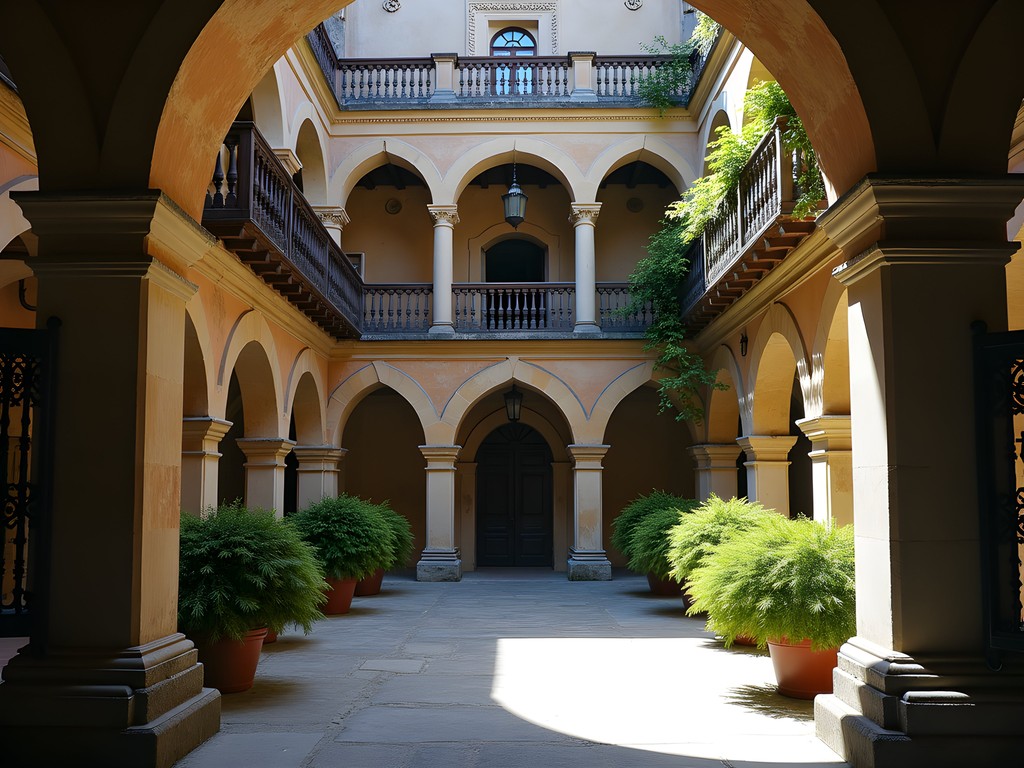
💡 Pro Tips
- Most courtyards are accessible between 8 AM and 8 PM, but always be respectful as many are residential spaces
- Look for the small, unassuming passageways between buildings—they often lead to the most impressive courtyards
- The Armenian Quarter contains some of the oldest and most ornately decorated courtyards in the city
Beneath the Cobblestones: Lviv's Underground Passages
The true heart of Lviv beats beneath its cobblestone streets. The city's underground network dates back to the 14th century, originally built as defensive structures and later expanded for storage, smuggling, and even as escape routes during various occupations. Unlike the polished underground tours in Paris or Rome, Lviv's subterranean world retains a raw authenticity that speaks to the anthropologist in me.
My exploration began at the Dominican Cathedral, where a modest entrance fee grants access to a network of passages that once connected the city's major religious buildings. These tunnels weren't merely functional—they were designed with remarkable acoustic properties that allowed sounds to travel in specific directions, creating what I can only describe as a medieval communication system.
The Pharmacy Museum offers another entry point to this underground world. As I descended the narrow stone staircase, the temperature dropped noticeably, and I was grateful for my rechargeable headlamp. The museum's cellars connect to passages that once housed an alchemist's laboratory and medicinal storage facilities. The walls still bear traces of the specialized ventilation system designed to remove noxious fumes—a surprisingly sophisticated engineering solution for its time.
Perhaps most fascinating is the passage beneath Rynok Square that leads to what locals call the 'forgotten river'—a section of the Poltva River that was covered over centuries ago but continues to flow beneath the city center. Standing there, listening to the muffled sound of running water while traffic rumbles overhead, creates a powerful temporal dissonance that I find intellectually exhilarating.

💡 Pro Tips
- Book underground tours in advance through the Tourist Information Center near Rynok Square
- Wear sturdy shoes with good grip—the underground passages can be slippery and uneven
- Bring layers regardless of the season—the temperature underground stays around 10-12°C (50-54°F) year-round
The Coffee Connection: Courtyards of Intellectual Exchange
Lviv's relationship with coffee runs deeper than the casual tourist might realize. Since the late 17th century, when a Ukrainian named Yuriy Kulczycki opened one of Europe's first coffeehouses after the Battle of Vienna, coffee culture has been intertwined with the city's intellectual life. Many of Lviv's hidden courtyards served as informal academic forums where ideas could be exchanged away from prying eyes and political surveillance.
The courtyard at Krakivska Street 15 houses what locals claim is the city's oldest continuously operating café. Sitting there with my travel coffee press, I watched university students engaged in animated discussions that seemed to echo conversations from centuries past. The courtyard's unique acoustics create small pockets where conversations remain private despite the open setting—an architectural feature that made these spaces ideal for intellectual exchange during periods of political repression.
At the Armenian courtyard café, I discovered a tradition that combines coffee with fortune-telling—the server instructed me to flip my finished cup onto the saucer and wait for the grounds to dry before she 'read' the patterns. While my academic training makes me skeptical of divination practices, I'm fascinated by how this ritual creates social bonds and preserves cultural traditions across generations.
What struck me most was how these coffee courtyards continue to function much as they did centuries ago—as spaces where ideas flow freely and community bonds are strengthened. The physical architecture facilitates a particular kind of social interaction that digital spaces cannot replicate, demonstrating why these analog gathering places remain vital to cultural preservation.
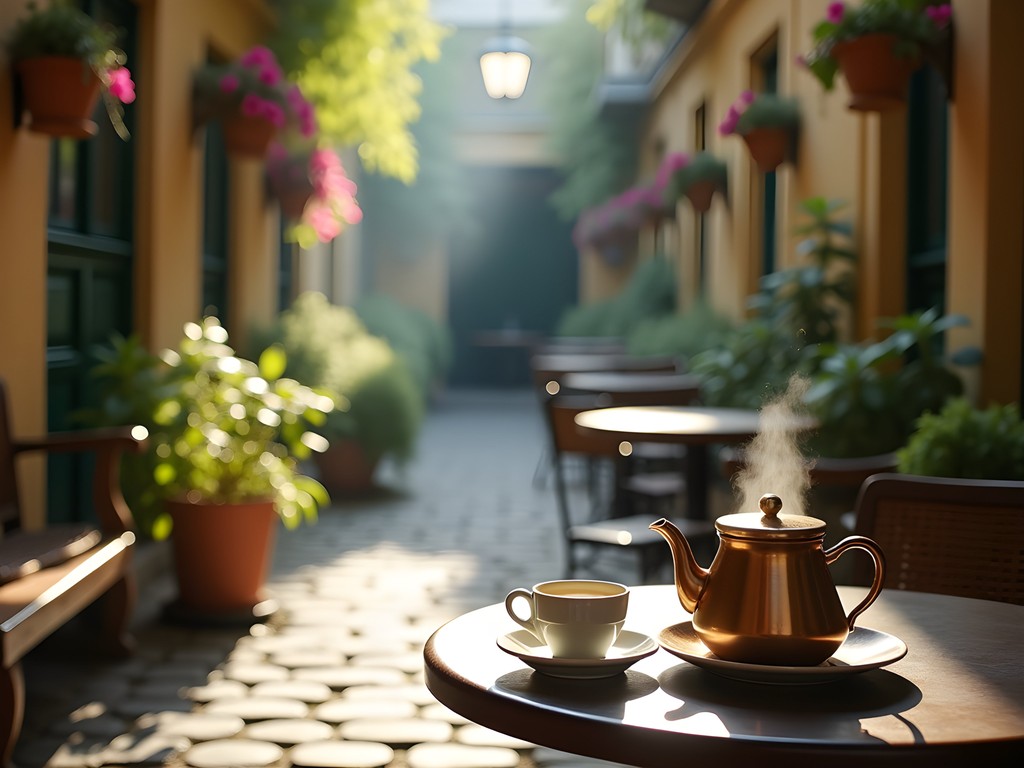
💡 Pro Tips
- Order 'coffee by the Lviv way' (kava po-lvivsky) for the traditional experience with cardamom and cinnamon
- The courtyard cafés on Virmenska Street are less crowded in the early morning hours
- Many courtyard cafés host impromptu music performances in the evenings—ask locals for recommendations
Artisan Courtyards: Where Traditional Crafts Survive
Some of Lviv's most fascinating courtyards continue to function as workshops for traditional Ukrainian crafts. In the courtyard off Halytska Street, I discovered a blacksmith creating intricate metalwork using techniques that haven't changed since medieval times. The rhythmic ping of hammer on anvil creates an acoustic signature that would have been familiar to residents centuries ago—a sound that's increasingly rare in our mechanized world.
In another courtyard near the Arsenal, I found a workshop specializing in traditional Ukrainian embroidery. The artisan explained how different regional patterns contain symbolic language that communicates cultural identity, marital status, and even political resistance during periods of occupation. I was particularly moved by the vyshyvanka shirts featuring subtle anti-Soviet symbolism hidden within traditional patterns—a powerful example of material culture as political resistance.
My most unexpected discovery came in a courtyard off Drukarska Street, where I found a traditional printmaker using a restored 19th-century press. As someone who documents historical sites, I was thrilled to purchase a handmade leather-bound journal with handcrafted paper produced in this very workshop. The craftsman explained that the binding technique dates back to medieval manuscript production—a tangible connection to the city's intellectual history.
These artisan courtyards aren't simply tourist attractions; they're living repositories of cultural knowledge where traditional skills are preserved and transmitted to new generations. In an age of mass production, these spaces represent a form of resistance against homogenization and a commitment to cultural continuity that resonates deeply with my work in anthropology.
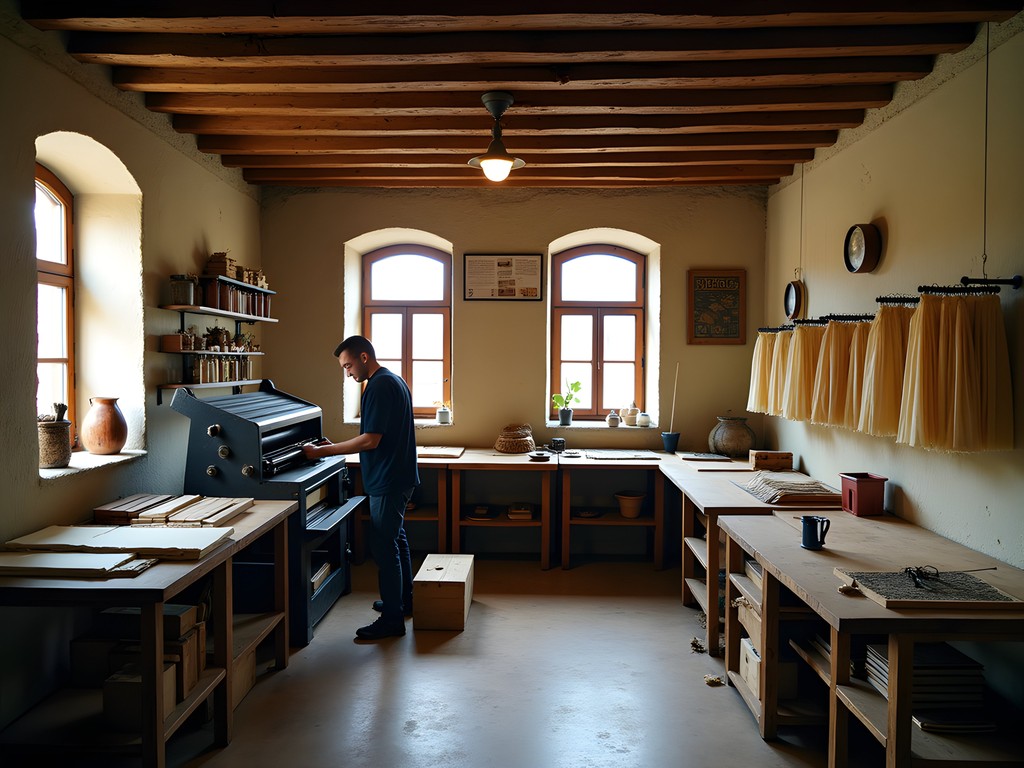
💡 Pro Tips
- Many workshops offer short demonstrations or mini-classes—ask if you can try your hand at traditional crafts
- The courtyard workshops are typically open Tuesday-Saturday, but call ahead if you're visiting outside peak season
- Bring cash (Ukrainian hryvnia) as many small artisan workshops don't accept cards
Navigating Lviv's Hidden Spaces: Practical Advice
Exploring Lviv's hidden network requires some preparation. First, invest in a detailed map—I recommend the waterproof city map which marks some (but not all) of the accessible courtyards. However, the true joy comes from discovery, so allow yourself to wander and investigate any open passageways you encounter.
For underground exploration, guided tours are essential. The Tourist Information Center near Rynok Square offers excellent English-language tours for budget-conscious travelers. I was particularly impressed by their student discounts and the guides' archaeological knowledge. For the more adventurous, the folding pocket knife proved unexpectedly useful for everything from cutting fruit during lunch breaks to removing stubborn vines blocking architectural details I wanted to photograph.
Lviv's weather can be unpredictable in spring, with sudden rain showers common. The packable rain jacket saved me multiple times when afternoon storms appeared without warning. For underground exploration, I found my moisture-wicking base layer essential for staying comfortable in the damp, cool passages.
Many courtyards connect to each other in unexpected ways, creating natural circuits through the city blocks. I discovered that following these pathways often revealed shortcuts between major attractions while providing glimpses into local life rarely seen by tourists. My strategy was simple: whenever I spotted an open passageway between buildings, I would investigate, which led to some of my most memorable discoveries.
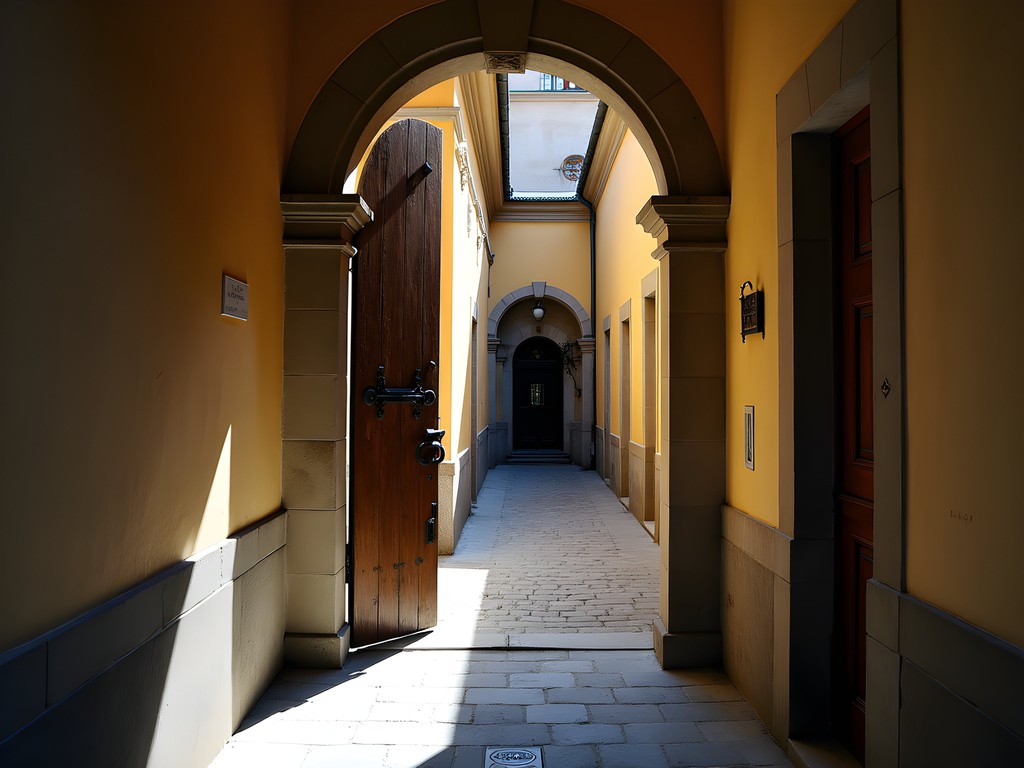
💡 Pro Tips
- Download maps offline before exploring, as GPS can be unreliable in narrow passageways and underground spaces
- Learn basic Ukrainian phrases—locals appreciate the effort and may reveal hidden spots not in guidebooks
- Join university walking tours that focus on architectural history—they often include access to courtyards not normally open to the public
Final Thoughts
As I sat in my final Lviv courtyard on Virmenska Street, sipping coffee while Pallas dozed contentedly at my feet, I reflected on how these hidden spaces represent layers of cultural resilience. Through centuries of changing empires, political systems, and borders, Lviv's courtyards and passages have remained sanctuaries where Ukrainian culture could breathe and evolve. They've served as defensive structures, community gathering spaces, workshops, and forums for intellectual exchange—adapting to each era's needs while preserving the architectural echoes of the past.
For the budget-conscious student traveler, Lviv offers an unparalleled opportunity to experience a European cultural gem without the crowds or costs of more familiar destinations. The city's hidden spaces invite a deeper form of travel—one that rewards curiosity and values discovery over checklist tourism. As an anthropologist, I'm convinced that these architectural interstices reveal more about Ukrainian cultural identity than any museum collection could.
I urge you to explore these hidden spaces with respect and openness. Remember that many courtyards remain active residential and working spaces for locals. Your curiosity is welcome, but always approach with the quiet reverence these historical spaces deserve. Lviv's secret network awaits those willing to step beyond the obvious and venture through the unassuming doorways that connect past and present in this remarkable Ukrainian city.
✨ Key Takeaways
- Lviv's hidden courtyards and passages reveal centuries of cultural resilience and adaptation
- The network of underground tunnels connects major historical sites and offers insights into medieval engineering
- Traditional crafts and coffee culture continue to thrive in courtyard spaces that have served similar functions for centuries
📋 Practical Information
Best Time to Visit
April-June (spring) or September (early fall)
Budget Estimate
$30-50 per day including accommodation in hostels
Recommended Duration
2-3 days minimum
Difficulty Level
Intermediate


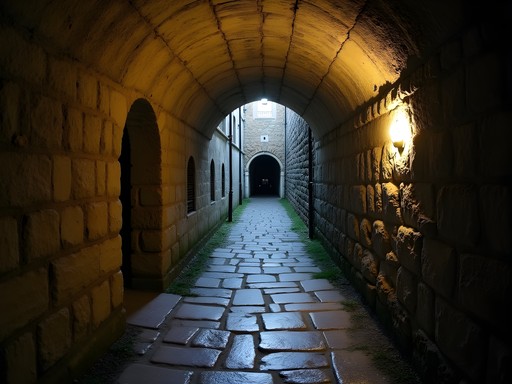

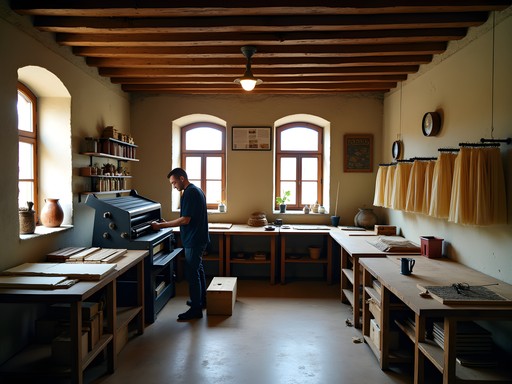








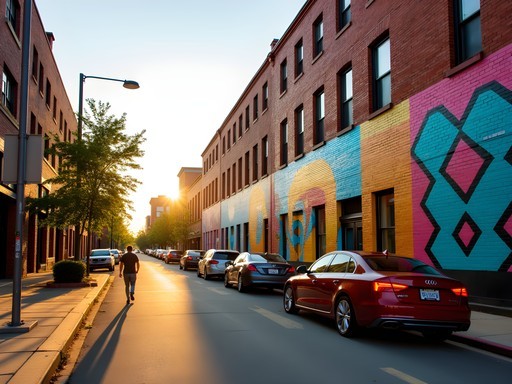
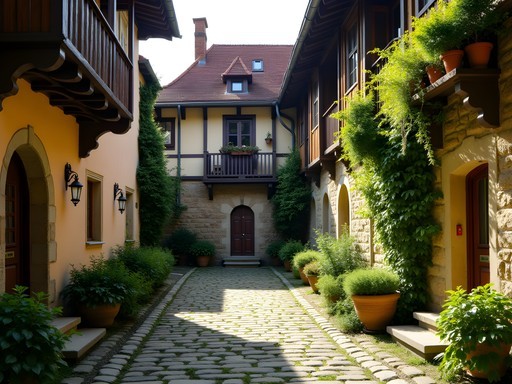

Comments
bluelife
Just got back from Lviv and wish I'd seen this post before going! We stumbled across a few of these courtyards by accident but had no idea there were so many. The one with the coffee roastery was amazing - spent hours there just soaking up the atmosphere. Next time I'll check out the underground passages too!
roampro
Which coffee place was your favorite? Going next month and I'm a huge coffee nerd!
bluelife
Definitely try Svit Kavy in that courtyard off Starojevreiska Street! Their pour-over was incredible and the barista gave us a mini-lesson on Ukrainian coffee traditions. Get the lemon cake too!
smartvibes
Would you recommend booking a guided tour for the underground passages or is it easy enough to explore on your own? Planning a trip for spring next year.
Willow Hamilton
For the underground passages, I'd definitely recommend a guide - some areas aren't accessible without one, and the historical context they provide is invaluable. The courtyards you can absolutely explore independently though! There's a great walking tour that starts at the Tourist Information Center on Rynok Square every day at 11am.
Ahmed Palmer
Excellent piece, Willow. I spent three weeks in Lviv last autumn documenting these very courtyards. What fascinates me most is how each one has its own microculture - different acoustics, different light patterns throughout the day, different communities. The underground passage beneath the Pharmacy Museum is particularly intriguing from a historical perspective, as it contains evidence of medieval trade routes. For those interested in photography, early morning (6-8am) offers the best light in most of these spaces, particularly in the Armenian quarter courtyards. I'd recommend a wide-angle lens with good low-light capabilities - I used my travel camera which performed admirably in those challenging lighting conditions.
Willow Hamilton
Thanks so much, Ahmed! Your photography tip about early morning light is spot on. I found myself returning to the Armenian quarter courtyard three mornings in a row just to catch that golden light filtering through the archways. Did you manage to find the little courtyard behind Staryi Rynok with the blacksmith's workshop?
Ahmed Palmer
Indeed I did! The blacksmith was actually working when I visited - crafting those traditional door hinges they're known for. Wonderful craftsmanship. Did you try the coffee from that tiny window-service only café in the Bernadine courtyard?
globepro
OMG those courtyards are GORGEOUS! The one with the coffee shop looks straight out of a fairy tale! Adding Lviv to my bucket list right now!
roampro
This looks amazing! How safe are those underground passages? Going to Lviv next month and wondering if I should bring a good flashlight?
smartvibes
I was there last summer and most of the 'official' underground tours provide lights, but I'd still bring a small one just in case. The passages are generally safe but can be narrow in spots!
roampro
Thanks for the tip! Will definitely pack my headlamp then.
wanderlustrider
How safe are the underground passages? I'm planning a solo trip and while I'm an experienced traveler, I'm a bit hesitant about going underground alone in a city I don't know well.
Willow Hamilton
Great question! Most of the accessible underground passages are actually part of organized tours or museums now, so they're well-lit and completely safe for solo travelers. I'd recommend the ones beneath the Pharmacy Museum and Ratusha (City Hall) as they're the most visitor-friendly. For some of the less formal ones, it's definitely better to go with a local guide. I met mine through the Tourist Information Center in Rynok Square.
wanderlustrider
That's really helpful, thanks! I'll check out the Tourist Information Center when I arrive.
wavemate9496
These photos are AMAZING!! 😍 That courtyard with the wrought iron balconies looks straight out of a fairytale!
Willow Hamilton
Thank you! That's the Italian Courtyard - one of my favorites too. The light there in the late afternoon is just magical.
springnomad
Just booked tickets to Ukraine for spring and Lviv is now definitely on my itinerary thanks to this post! Anyone know how many days I should spend there to properly explore these hidden gems?
Gregory Boyd
I'd recommend at least 3-4 days in Lviv. The city center is compact but there's so much layered history to absorb. The courtyards and passages deserve unhurried exploration, plus the coffee culture alone merits a full day of sampling. Don't miss the Lychakiv Cemetery either - unexpectedly one of the most beautiful historical sites.
springnomad
Thanks so much for the advice! Will plan for 4 days then. Any particular area you'd recommend staying in?
Gregory Boyd
Definitely stay within the old town if possible - anywhere near Rynok Square puts you in the heart of these hidden spots. The area around Virmenska Street is particularly atmospheric.
Megan Martin
I visited Lviv last year on a business trip and managed to sneak away to explore some of these hidden gems. The contrast between the busy streets and these quiet, almost secret spaces is incredible. What really struck me was how each courtyard has its own distinct character - some with vibrant murals, others with centuries of architectural details layered on top of each other. The underground passages were a bit more challenging to access (some require joining a tour), but absolutely worth it for the glimpse into Lviv's medieval past. Willow, did you need special permission to access any of these spots, or are they all publicly accessible? I found that having my pocket translator was essential for reading the historical plaques and communicating with local shop owners in the more off-the-beaten-path locations.
escapeguide
Just added these hidden courtyards to my Lviv itinerary for next month! Can't wait to explore the underground passages too.
Megan Martin
You're going to love them! Make sure to check out the one on Virmenska Street - there's a tiny café tucked away that most tourists miss.
escapeguide
Thanks for the tip! Any specific time of day that's best for exploring them?
Megan Martin
Late morning is perfect - fewer crowds and better lighting for photos. Some courtyards close after 6pm too.
Venture X
Premium card with 2X miles, $300 travel credit, Priority Pass